|
IVM - CHE17533750 The Purpose of DeathII. What creates purpose in practice?Miscommunication between neurons, the synaptic messages not quite going through, cold sweat, hands slighting shaking, heavy arteries just trying to do their job and an intense migraine in the middle of the forehead. Google thought that you were dying but it was worse, it was another creative block. According to Wiki How, there are several recovery techniques indicated for those patients: a walk in a conceptual gallery down the road, a cult movie which you pretend that you are the only one who knows about it, many drugs... On this case, I just painted what I was seeing, a plant. My new sketchbook opened in my safe space (my bed) and I started sketching with a light colour pencil to unblocked my mind from this deadly disease. Suddenly, I had an epiphany, I was drawing a plant using a plant in a plant. Mind slightly blow. This is the Meta effect. Here is some context: above, Meta comes from Metalanguage which is the language of the language, when your message is the same as the media. It is an inception of the most humankind, the artistic one. This method is all over many different kinds of expression; you can see it on music, movies, poems and even paintings (like the one I’m doing now). There are many levels to the meta effect and the basic one is when it’s used as an easier and impressive end to make young adults that spend too much time trying to find a conceptual explanation to trendy culture as a flirt technique in semi-cool rooftop bars. Being using this method myself, I’ve been noticing and collecting meta media in this semester: the end of the OA (2016-2019 Netflix), being the first, the best that they could do to save this series was a last-minute meta-accident (spoiler alert after the spoiler). After seeing Holy Mountain (1973 Directed by Alejandro Jodorowsky, Mexico), you may think that this end is not that original, which is completely true. Many other shows used this method, like Community (2009-2015 NBC) with Abed knowing that he is in a sitcom and Adaptation where two Nicolas Cage are trying to do a script while suffering from the same illness as me (2002 Directed by Spike Jonze, USA). After all, the use of metalanguage is not that unique, but the effect can be. From this semester collection, the winner is Sputnik Sweetheart by Haruki Murakami (1999, Japan). The purpose of the meta in this book is another medicine for creative block and other syndromes. The main character, a writer whose life was only about her own writing, with no published books and a small collection of large clothes, seek advice to improve her narratives from the narrator, a school teacher named K who is madly in love with her. In one of their conversations, by a lake, she realises that there is something missing for her to become a novelist, after an awkward silence K does what any almost poetic man would do, a particularly long metaphor: ‘‘A long time ago In China there were cities with high walls around them, with huge magnificent gates. The gates weren’t just doors for letting people in or out, they had great significance. People believed the city’s soul resided in the gates (…) people would take carts out to the battlefields and gather the bleached bones that were buried there or lay scattered about. China’s a pretty ancient country – lots of old battlegrounds – so they never had to search far. At the entrance to the city, they’d construct a huge gate and seal the bones inside. They hoped that by commemorating the dead soldiers in this wat they would continue to guard their town. There’s more. When the gate was finished, they’d bring several dogs over to it, slit their throats and sprinkle their blood on the gate. Only by mixing fresh blood with the dried-out bones would the ancient souls of the dead magically revive. Writing novels is much the same. You gather up bones and make your gate, but no matter how wonderful the gate might be, that alone doesn’t make it a living, breathing novel. A story is not something of this world. A real story requires a kind of magical baptism to link the world on this side with the world on the other side.’’ While finishing my plant painting, this concept came to my mind, it was the cure. The sacrifices that I made to be able to recreate a plant after a dead plant. The plant died to become another plant, a different plant, a meta plant. The resurrection. The killing of yourself, your beliefs, your ideas in pro of new ones, not better but distinct ones. It is a necessary loss for you to be able to create more. Having just references, a background, are not enough, they are the structure but not secure enough. You need more, a purpose, a killing; it is the way for you to be connected with the world with the plant with the other plant, raw sap and incense. In the end, you left something behind, the creation stopped, an illness from all over the world spread, it reached you. Now you understand that, in this whole time, the sickness was part of the treatment. The isolation, the nothingness was essential for what will come after, the other plant, your own plant. You need death to be reborn. You need to give birth. How many plants did I sacrifice to make this sketch? At least 3. Note: the author of this text doesn’t recommend killing dogs (or any other animals) to cure creative block. Bibliography |
Archives
December 2021
Categories |
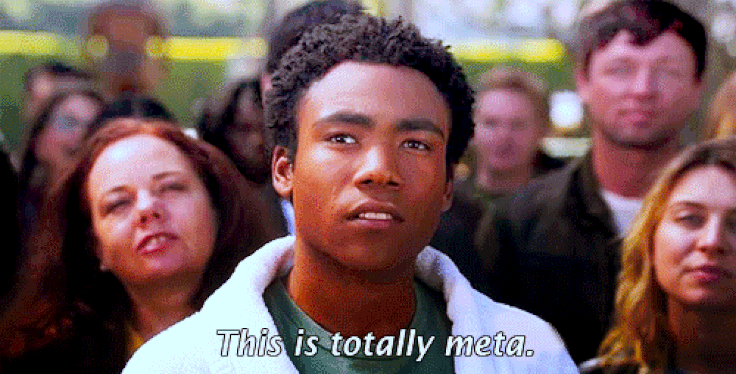
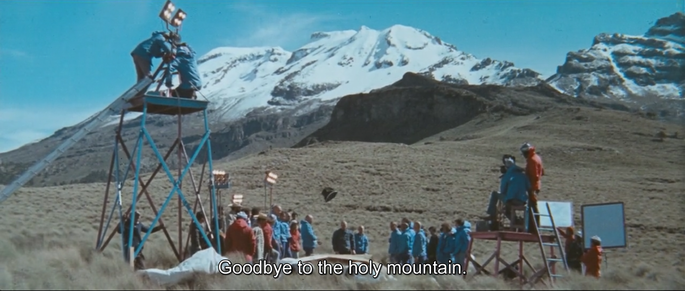
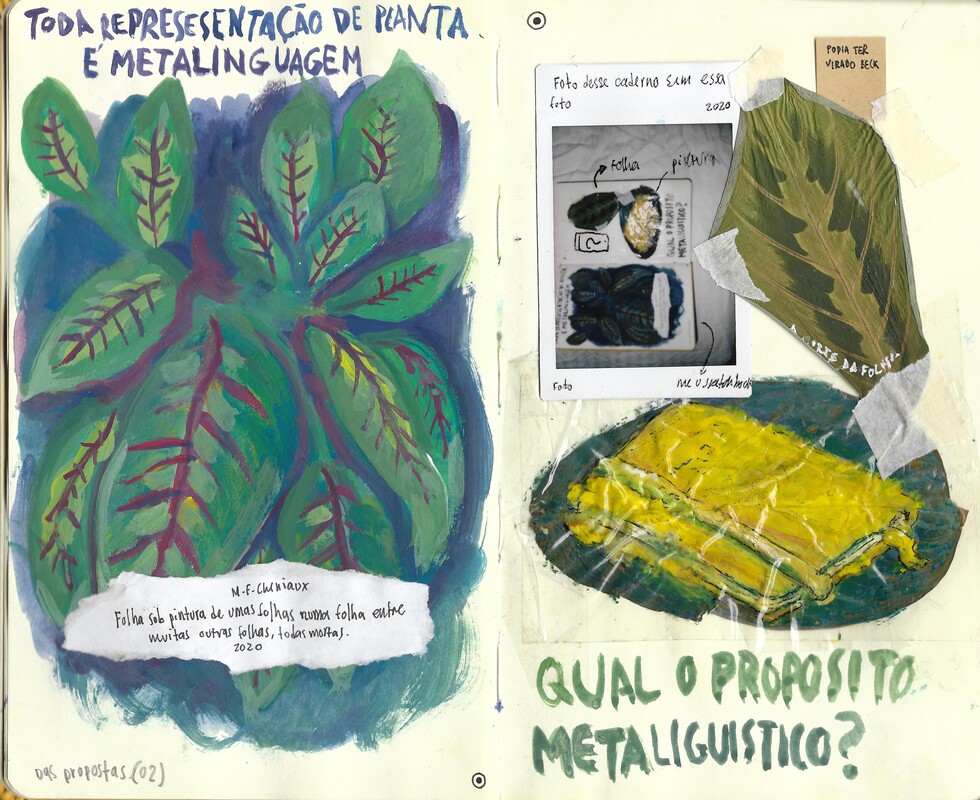
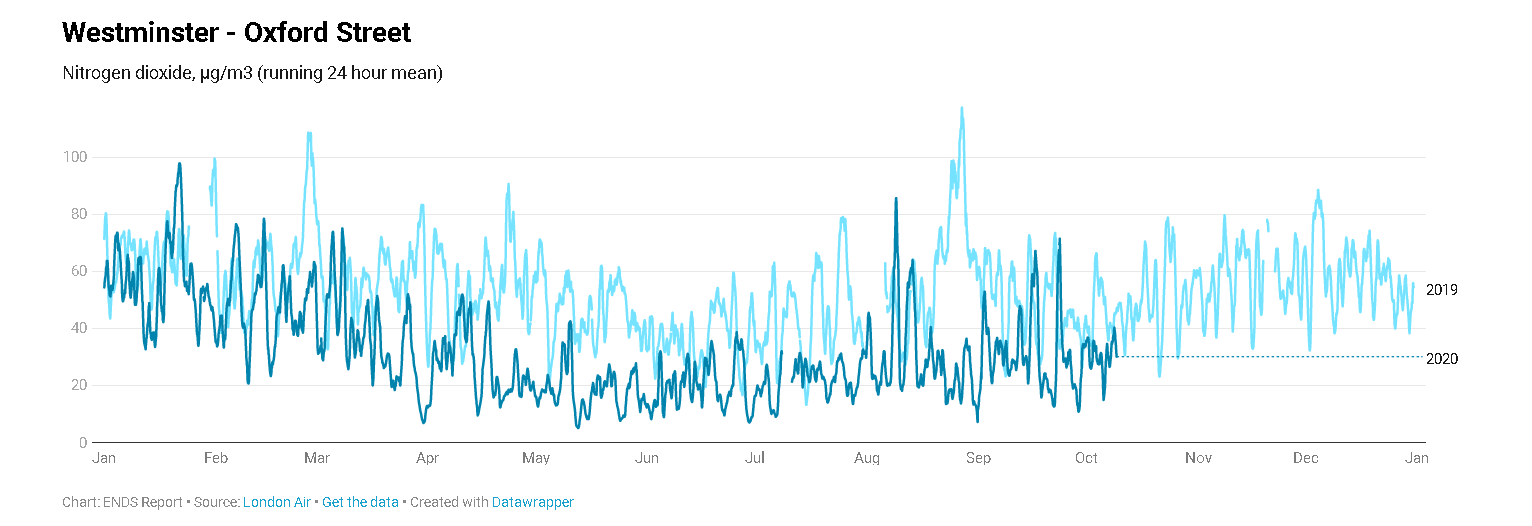
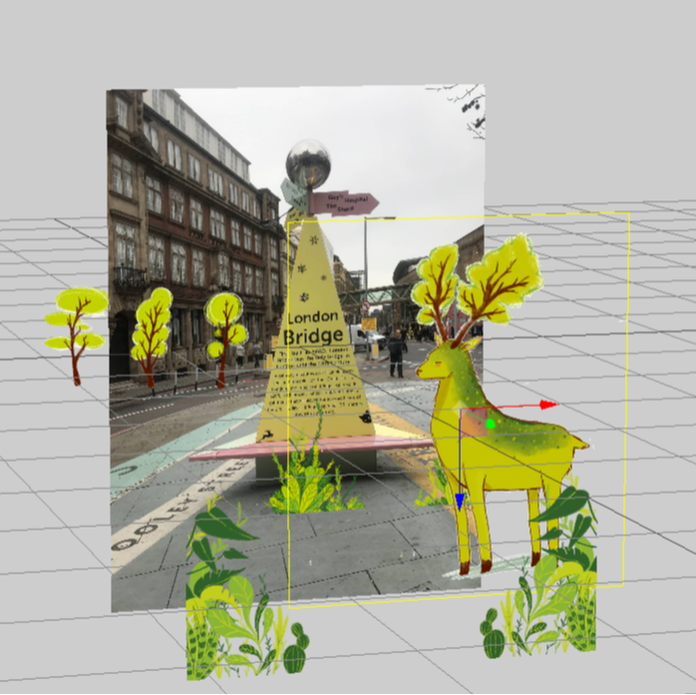
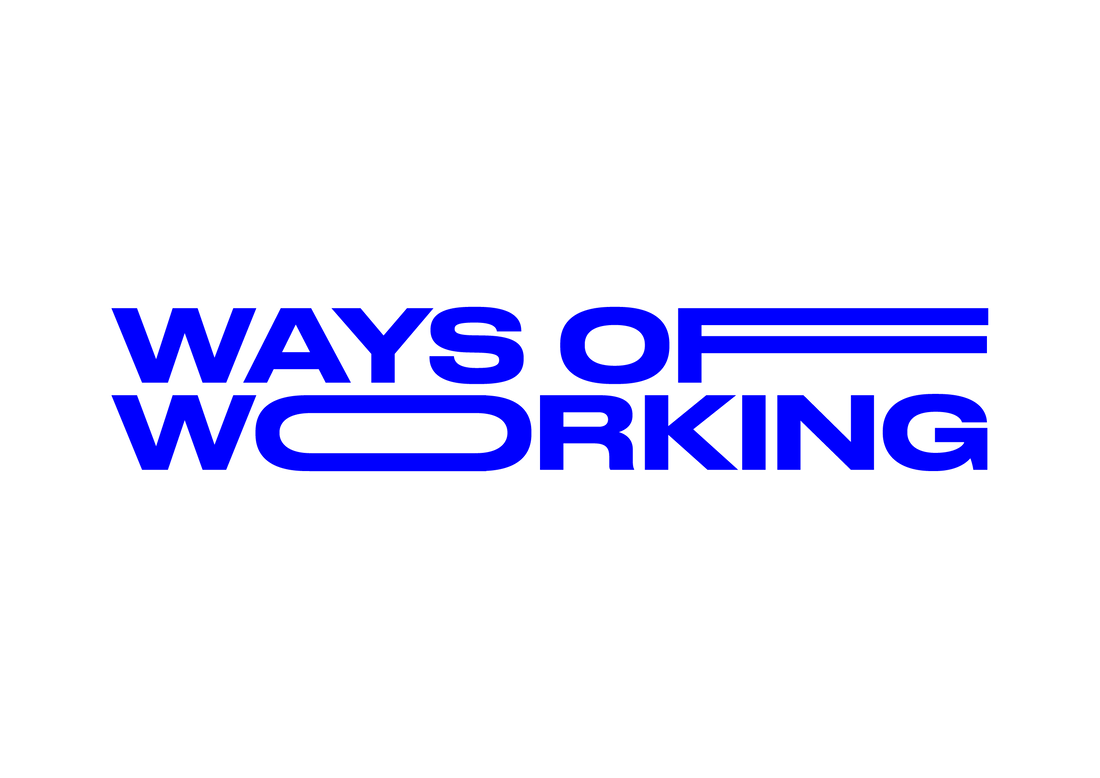
 RSS Feed
RSS Feed
